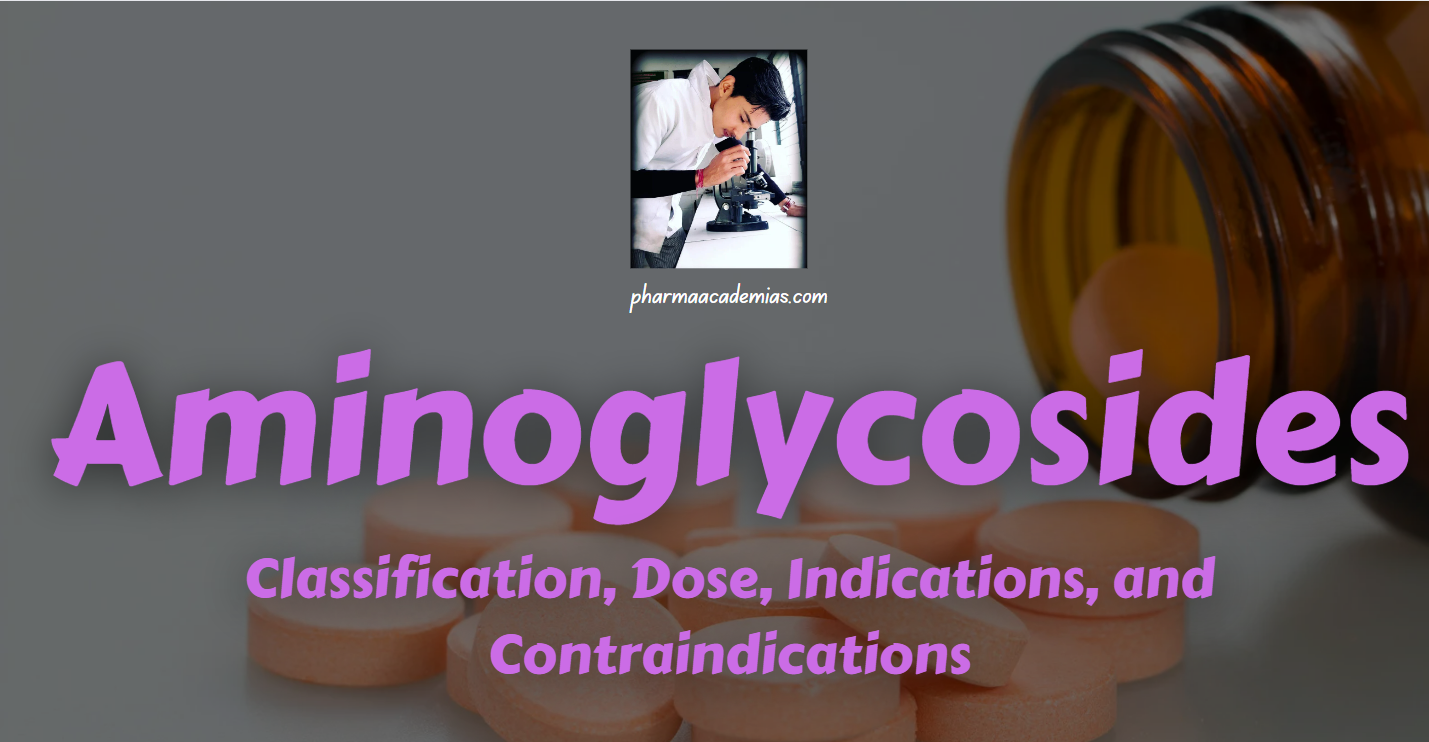Fluoroquinolones : Classification, Dose, Indications, and Contraindications
They are characterized by a fluorine atom at the C-6 position, which distinguishes them from other quinolones. These antibiotics exhibit a broad spectrum of activity against Gram-negative and Gram-positive bacteria. 1. Classification of Fluoroquinolones Fluoroquinolones are synthetic antibacterial agents belonging to the broader category of antibiotics known as quinolones. The introduction of fluorine at the … Read more






